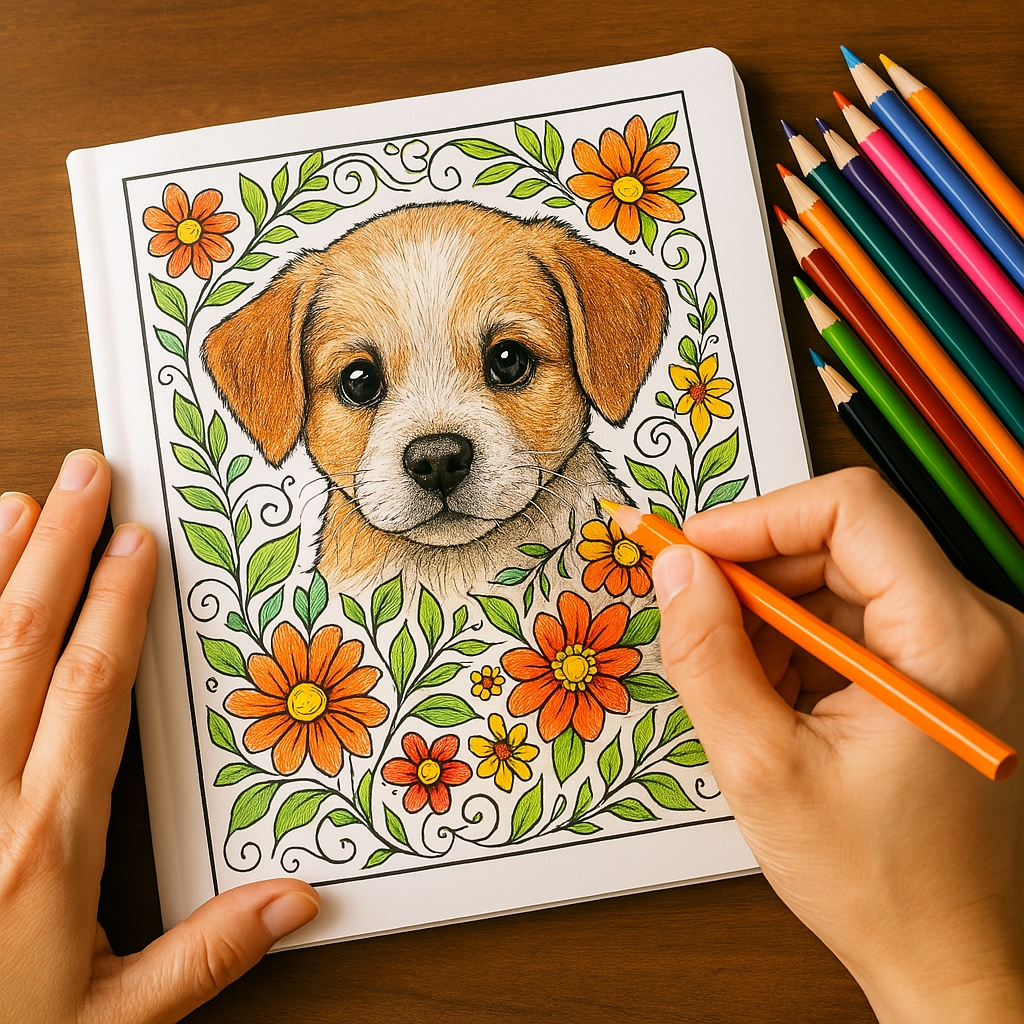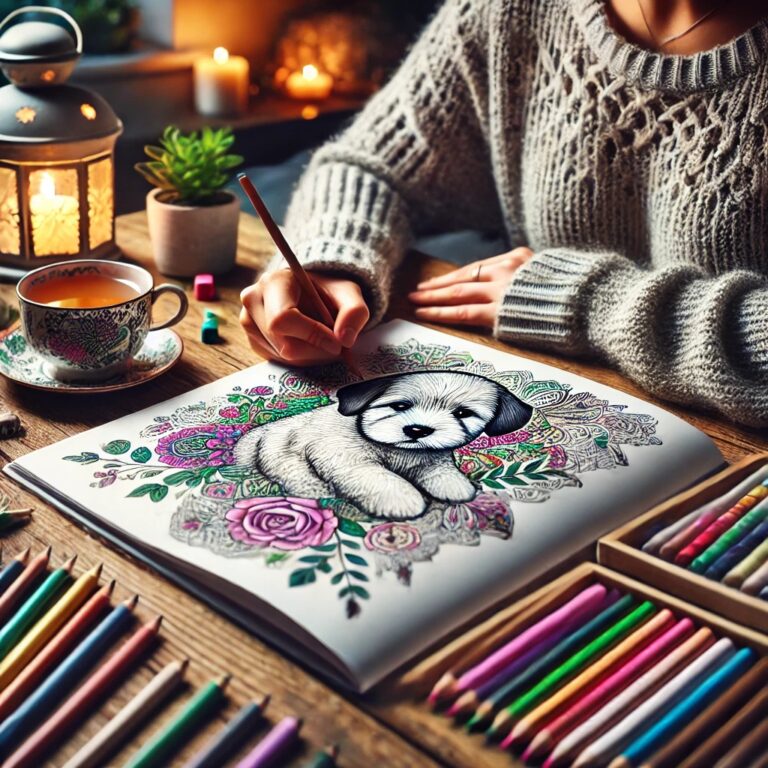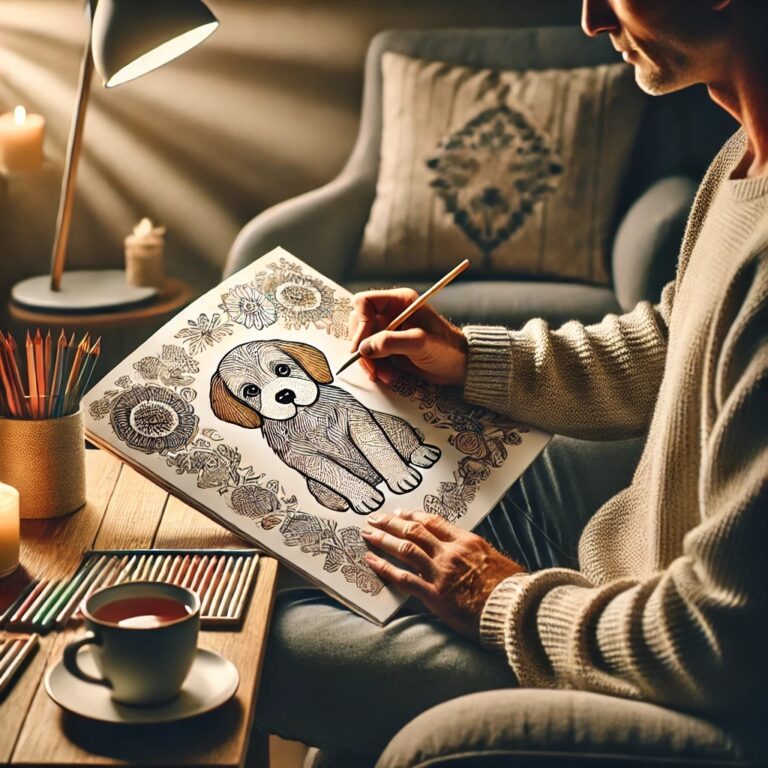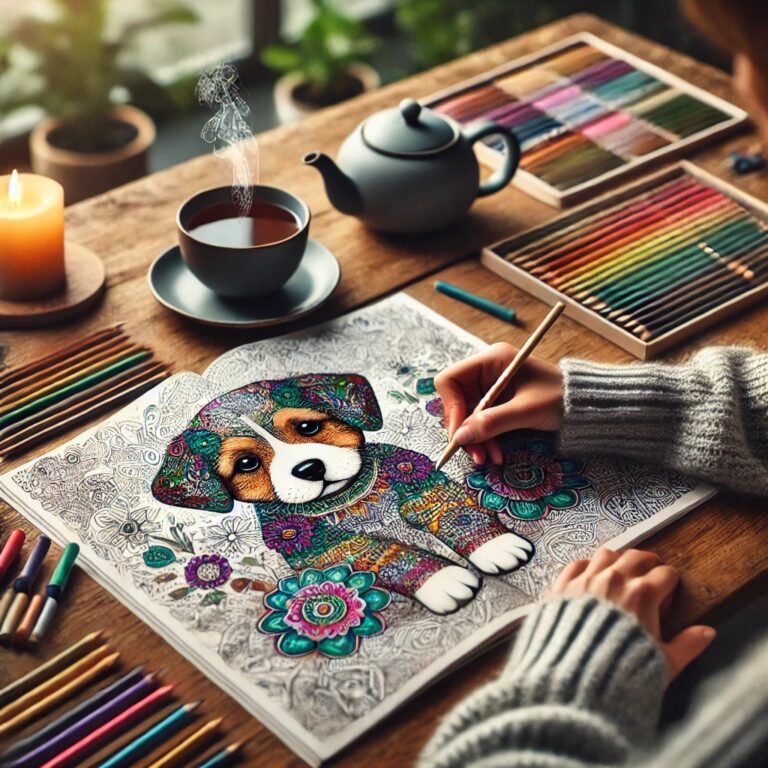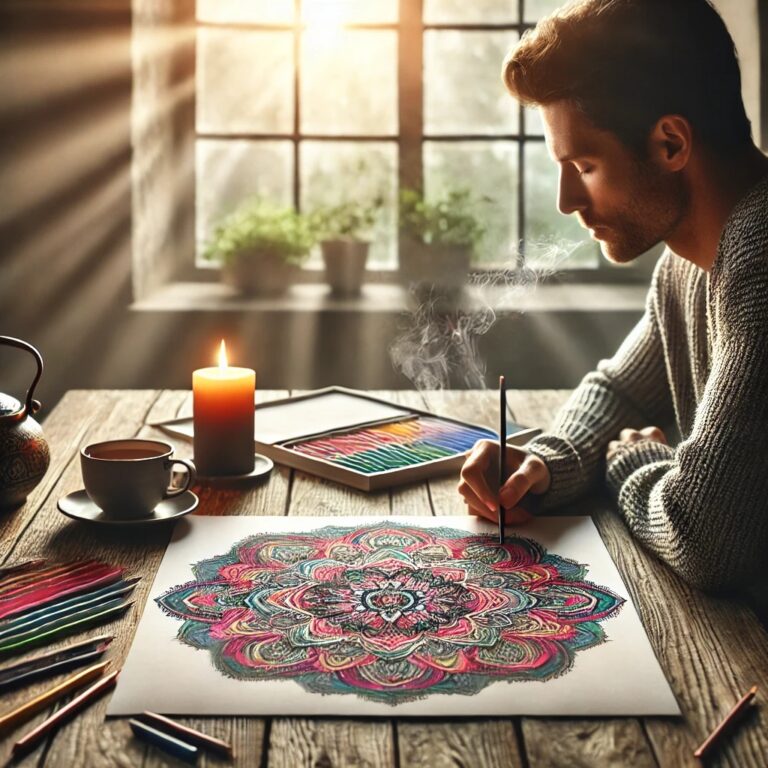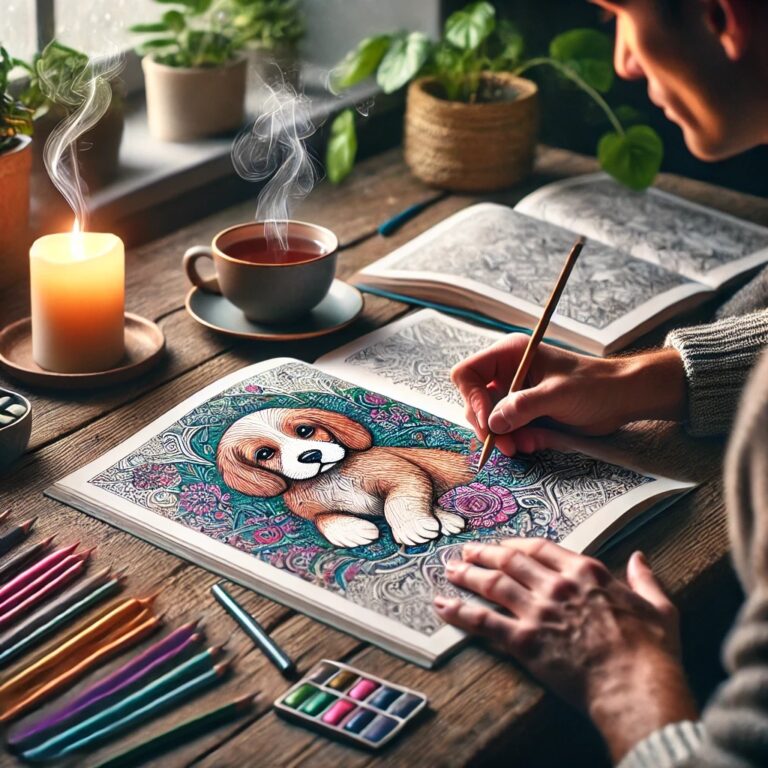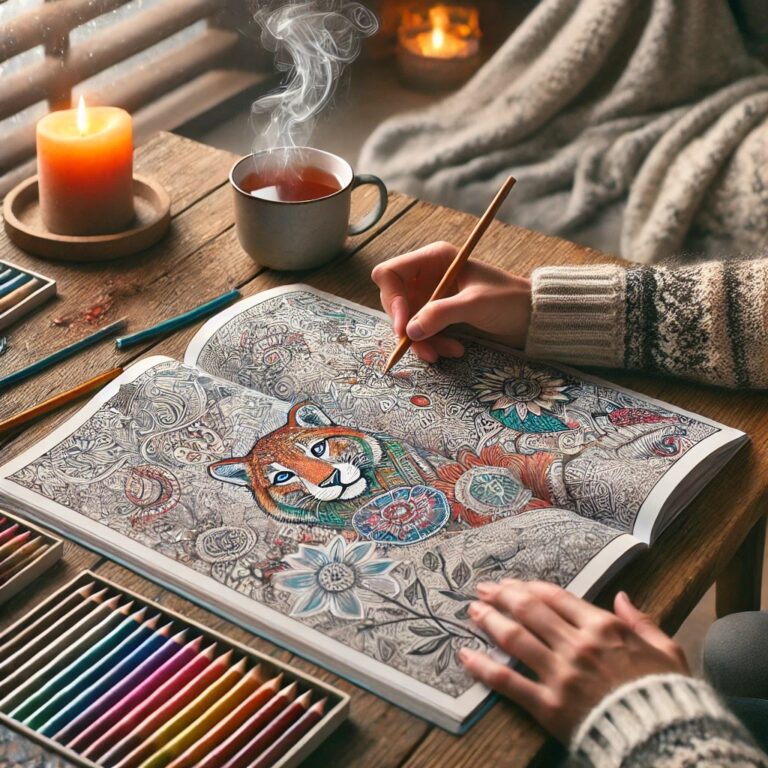Discover a Simple, Joyful Way to Feel More Connected and Less Alone
Loneliness is more than being alone. It’s the ache of disconnection, the feeling that no one understands, listens, or truly sees you.
And right now, millions of adults are struggling with it.
But here’s something you might not expect: adult coloring can help combat loneliness and build community in powerful and real ways.
More than just a creative hobby, coloring opens the door to connection—with yourself, others, and a shared sense of joy.
Whether coloring quietly at home or joining others in a group, this simple act can help you feel grounded, supported, and part of something meaningful.
Why Loneliness Is So Common—and So Harmful
The Silent Epidemic
Loneliness has become one of the most significant mental health issues of our time. Even in a world of technology and constant notifications, people feel more isolated than ever.
Common causes include:
- Chronic illness or disability
- Life transitions like divorce or retirement
- Remote work or lack of social outlets
- Mental health struggles like anxiety or depression
Loneliness isn’t just emotional—it’s physical. Studies show it can raise stress hormones, weaken the immune system, and increase the risk of chronic disease.
We need connection. But for many, it’s hard to know where to begin.
How Adult Coloring Helps Combat Loneliness
1. Coloring Creates a Meaningful Connection Without Pressure
One of the most complex parts of socializing when you’re lonely is the pressure to talk, perform, or be “on.”
Coloring provides a shared activity where conversation happens naturally—or not at all. You’re together, doing something side by side. That’s enough.
✔️ You can color in silence and still feel a connection.
✔️ You can laugh, share ideas, and bond over colors.
✔️ You can be in a space where you’re seen and accepted.
This kind of quiet companionship is deeply healing.
2. Coloring Encourages Emotional Expression
When you’re lonely, emotions build up. Coloring allows those emotions to move without explaining or justifying them.
Through color, shape, and flow, you can:
- Expressing joy, grief, or hope
- Release stress and tension
- Feel more emotionally grounded
✔️ Emotional expression helps you reconnect with yourself—and that’s the first step to connecting with others.
3. Coloring Builds Self-Esteem and Confidence
Loneliness can wear down your self-worth. You start believing you don’t matter. That your presence doesn’t make a difference.
But each time you color, you create something. That small act of creation builds confidence.
✔️ Completing a page, choosing colors, or sharing your work with others reminds you: “I am creative. I am capable. I belong.”
4. Coloring Sparks Shared Interests and Conversations
Coloring opens the door to connection in natural, organic ways. You might:
- Ask someone about their favorite colors
- Compliment their design choices
- Discover a shared love of animals, flowers, or mandalas
These small moments lead to bigger ones.
✔️ Shared interests build bridges that fight loneliness and grow community.
5. Coloring Groups Offer a Safe Social Space
In-person and online coloring groups are popping up everywhere. They offer a welcoming, low-pressure way to meet others without awkward small talk or social anxiety.
You can:
- Join a local art class or adult activity center
- Host a coloring night with friends or neighbors
- Participate in Facebook groups or virtual Zoom coloring sessions
- Swap pages, share tips, or post your finished art
✔️ These groups become support systems where people listen, share, and cheer each other on.
How to Use Coloring to Feel More Connected
Step 1: Start With Yourself
Connection begins within. Set aside 10–20 minutes a day just for you.
✔️ Choose a page that feels uplifting
✔️ Use colors that reflect how you feel—or how you want to feel
✔️ Sit somewhere cozy and peaceful
Let coloring be your anchor.
Step 2: Share Your Work
You don’t need to be an artist to share what you create. People love seeing coloring pages!
✔️ Post your pages in online coloring communities
✔️ Text one to a friend with a note: “This reminded me of you.”
✔️ Print and mail one to someone who might be feeling lonely too
Sharing helps others feel seen—and it enables you to feel valued.
Step 3: Create Opportunities for Connection
Invite connection in small, gentle ways:
✔️ Offer to color with a family member or neighbor
✔️ Suggest a weekly coloring time at a support group or faith community
✔️ Bring coloring books to doctor appointments or community events
✔️ Leave completed pages as kindness notes for others to find
These small acts of creativity ripple outward.
Why Coloring Builds True Community
A community isn’t always significant. Sometimes, it’s two people sitting quietly with pencils in hand.
It’s a smile when someone compliments your page.
It’s a moment of laughter when your dog tries to “help” by chewing your colored pencils.
It’s the feeling that you’re not alone after all.
Coloring gives us that.
It connects us across age, ability, location, and language. It builds bridges without requiring perfection, small talk, or social stamina.
That’s powerful. And it’s accessible to anyone.
Final Thoughts
Loneliness is real—but so is connection.
Sometimes, that connection starts with a coloring book and a simple choice to show up and color.
If you’re feeling isolated or disconnected, start with one page. Then another.
Then maybe share it.
Then maybe invite someone in.
At MaxwellPawsworth.com, we create coloring books that bring comfort, joy, and connection—especially to those who need it most.
Because nobody should have to color alone.
Stay Connected with Maxwell Pawsworth! 🐶✨
Love cozy coloring adventures? Join the Maxwell Pawsworth Newsletter for exclusive updates, sneak peeks at new releases, and special surprises! 🖌️🎨
📩 Sign up today and never miss a page! Click HERE to join.

